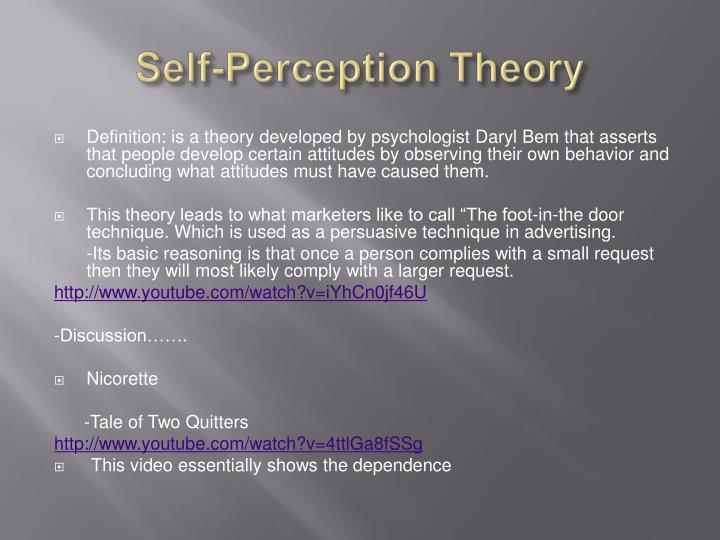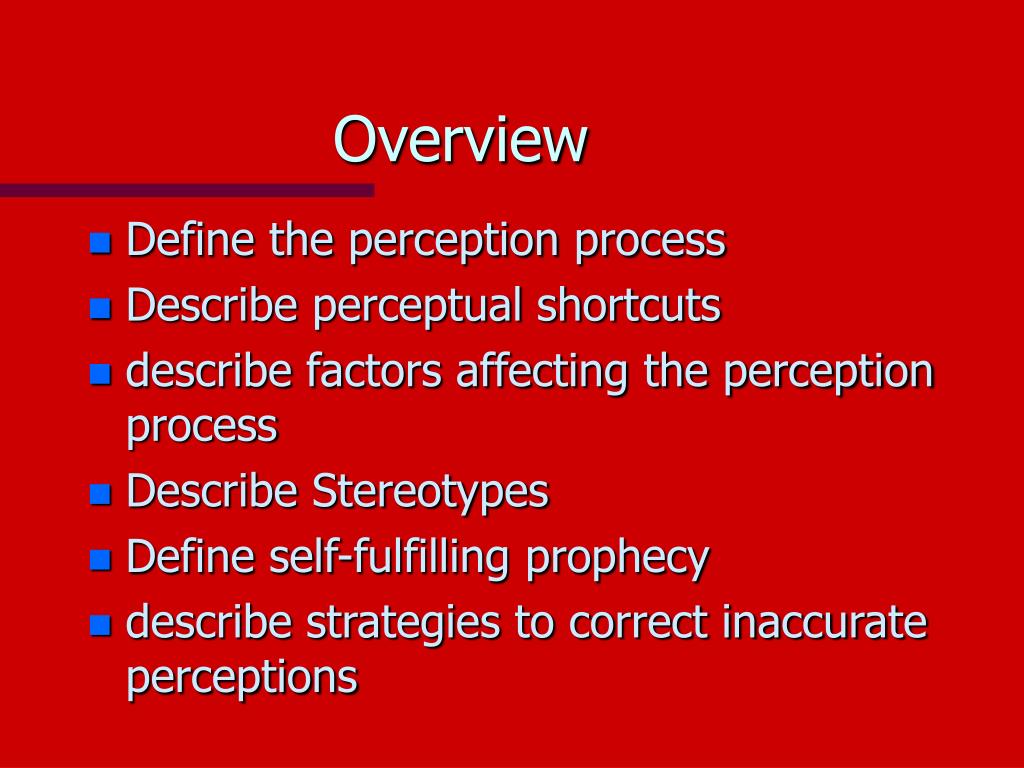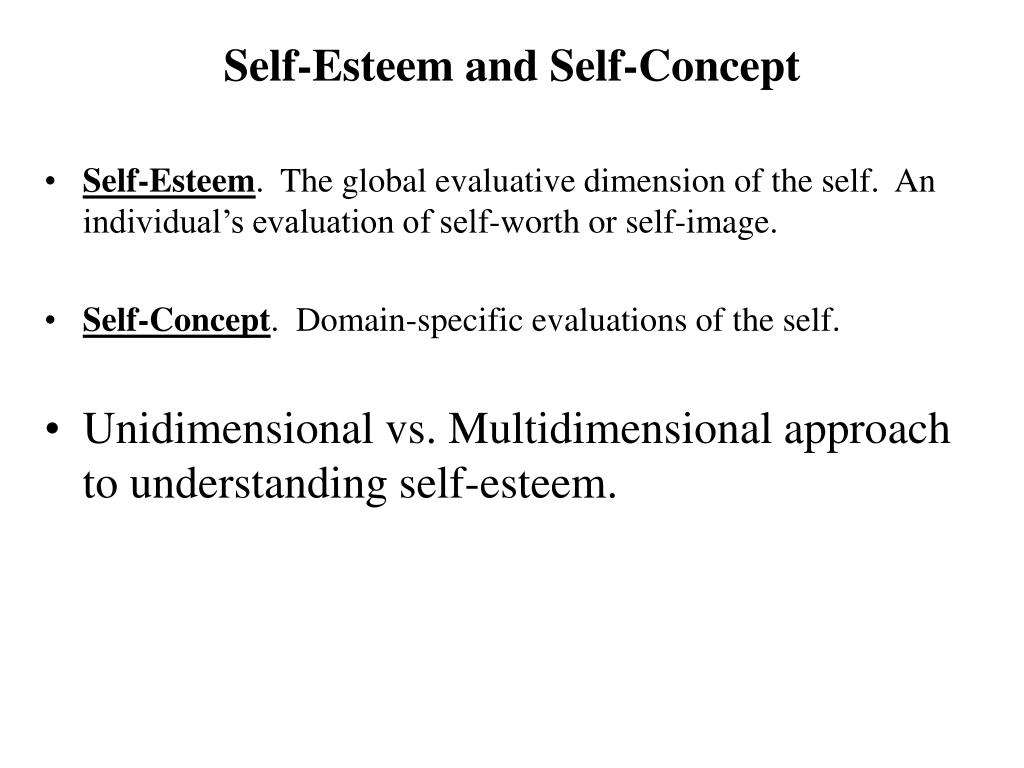

In 2006, Tiffany Ito and her colleagues conducted two studies to investigate if changes in facial expression can trigger changes in racial bias.

Laird interpreted these results as "indicating that an individual's expressive behavior mediates the quality of his emotional experience." In other words, a person's facial expression can act as a cause of an emotional state, rather than an effect instead of smiling because they feel happy, a person can make themselves feel happy by smiling. Furthermore, participants scored higher on aggression during frown trials than during smile trials, and scored higher on elation, surgency, and social affection factors during smile trials than during frown ones.

They also reported that cartoons viewed while they were smiling were more humorous than cartoons viewed while they were frowning. Participants reported feeling more angry when frowning and happier when smiling. Participants were asked to contract or relax various facial muscles, causing them to smile or frown without awareness of the nature of their expressions. In 1974, James Laird conducted two experiments on how changes in facial expression can trigger changes in emotion. These findings are consistent with the James–Lange theory of emotion. In the end of the experiment, subjects inferred and reported their affections and attitudes from their practiced behaviors despite the fact that they were told previously to act that way. These behaviors included making different facial expressions, gazes, and postures.

For example, it is found that corresponding emotions (including liking, disliking, happiness, anger, etc.) were reported following from their overt behaviors, which had been manipulated by the experimenters. There are numerous studies conducted by psychologists that support the self-perception theory, demonstrating that emotions do follow behaviors. Specifically, Bem notes how "the attitude statements which comprise the major dependent variables in dissonance experiments may be regarded as interpersonal judgments in which the observer and the observed happen to be the same individual." Because the observers, who did not have access to the actors' internal cognition and mood states, were able to infer the true attitude of the actors, it is possible that the actors themselves also arrive at their attitudes by observing their own behavior. The results obtained were similar to the original Festinger-Carlsmith experiment. Those in the latter condition thought that the man must have enjoyed the task more than those in the $20 condition. Subjects were told that the man had been paid $20 for his testimonial and another group was told that he was paid $1. Subjects listened to a tape of a man enthusiastically describing a tedious peg-turning task. In an attempt to decide if individuals induce their attitudes as observers without accessing their internal states, Bem used interpersonal simulations, in which an "observer-participant" is given a detailed description of one condition of a cognitive dissonance experiment.


 0 kommentar(er)
0 kommentar(er)
